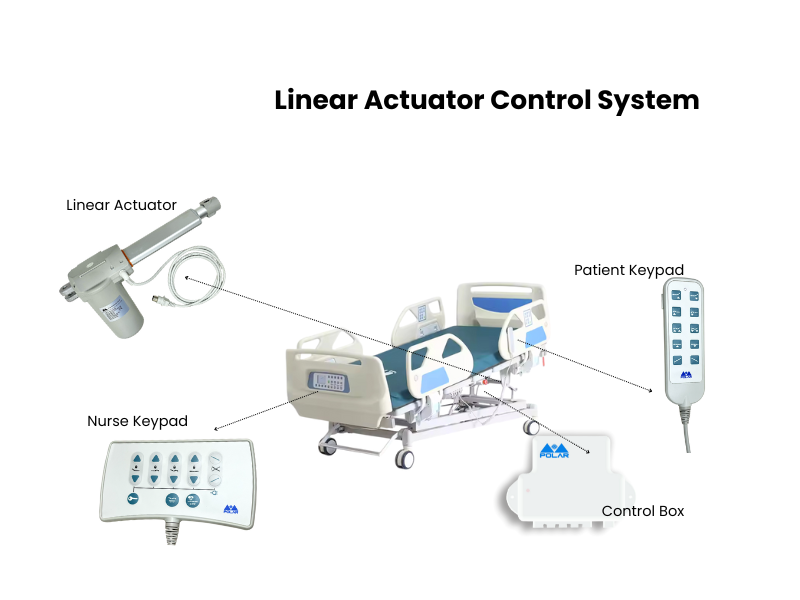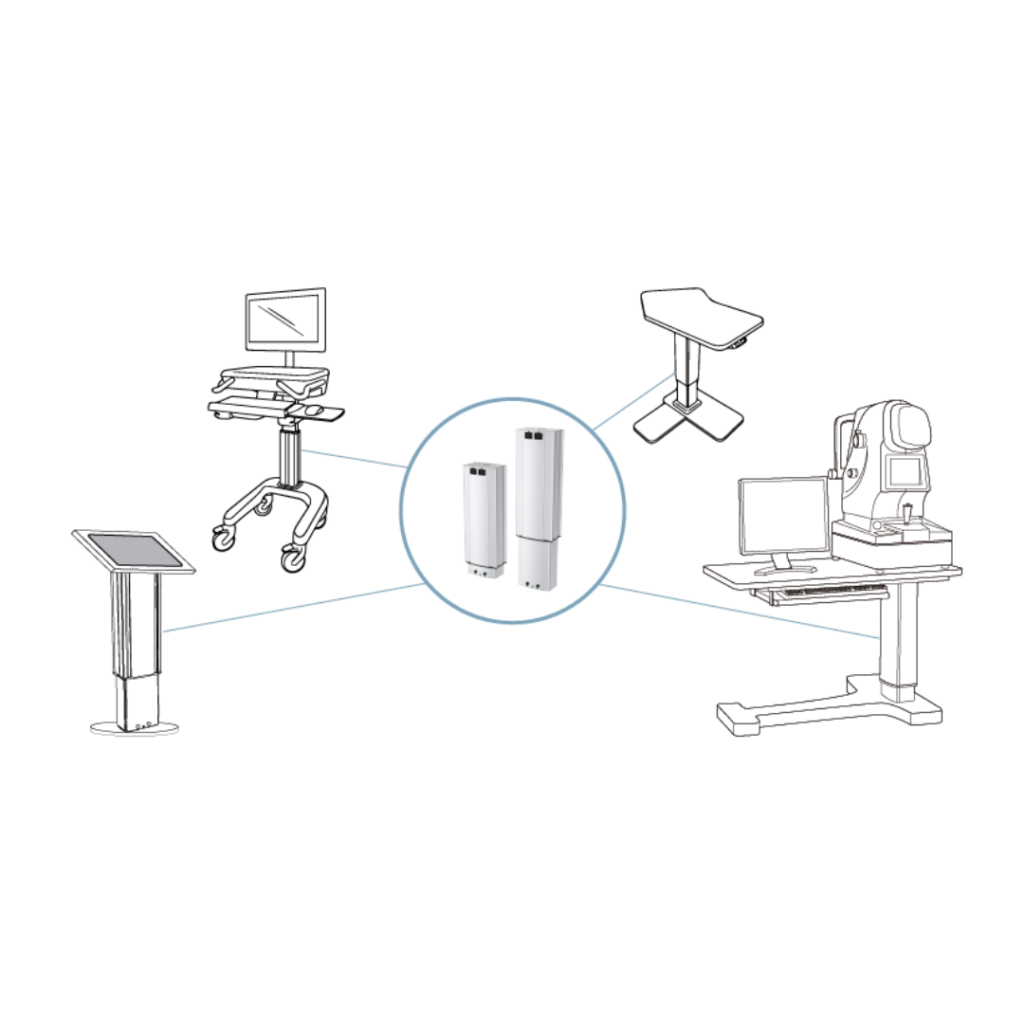Introduction
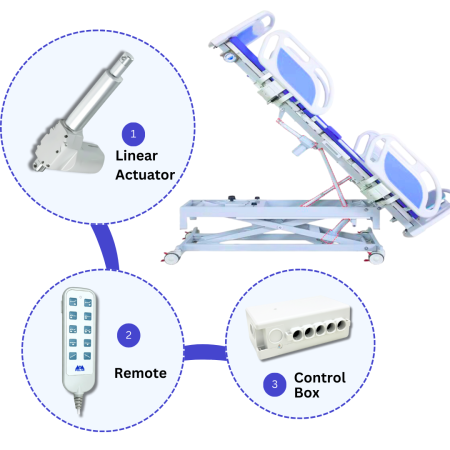
At Polar Automation Pvt. Ltd., we design and manufacture hospital bed linear actuator systems that power modern healthcare equipment. Our solutions deliver precise, quiet, and smooth motion, ensuring comfort and safety for patients. Proudly Made in India under the Make in India initiative, these actuators are trusted by leading hospital bed manufacturers and medical furniture manufacturers for their performance, reliability, and customization flexibility.
Learn more about our full range of Hospital Bed Actuator Systems .
1. Hospital Bed Linear Actuator Systems for Modern Healthcare
Our hospital bed linear actuator systems are engineered to provide advanced motion control, enabling smooth backrest, leg, and height adjustments. Each actuator is built for high performance and long-term durability, helping healthcare providers enhance patient experience and operational efficiency.
Key Benefits:
- Compact design with high load capacity
- Silent motor performance
- Smooth synchronization for multi-actuator systems
- Low power consumption and extended service life
Moreover, every actuator undergoes strict quality testing to ensure consistency and reliability in critical hospital environments.
2. Scalable 1–6 Function Linear Actuator Systems for Hospital Beds
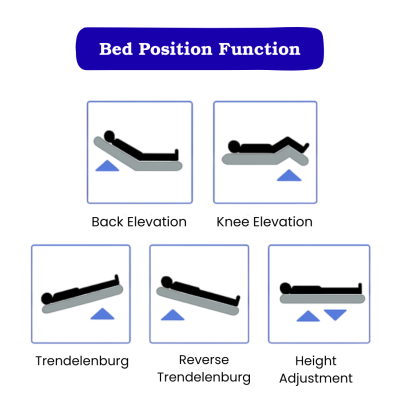
Polar Automation offers 1 to 6 function linear actuator systems that suit every type of hospital bed — from basic models to advanced ICU-grade beds.
Therefore, manufacturers can easily select function types based on bed design and patient care requirements.
Highlights:
- Multi-motor coordination for complex bed functions
- Built-in overload protection for enhanced safety
- Energy-efficient motor systems for hospital beds
- Modular and easy-to-integrate actuator design
In addition, these systems allow scalable automation, helping manufacturers meet diverse healthcare needs without redesigning the entire system.
3. Wired Remote Linear Actuator Systems for User-Friendly Operation
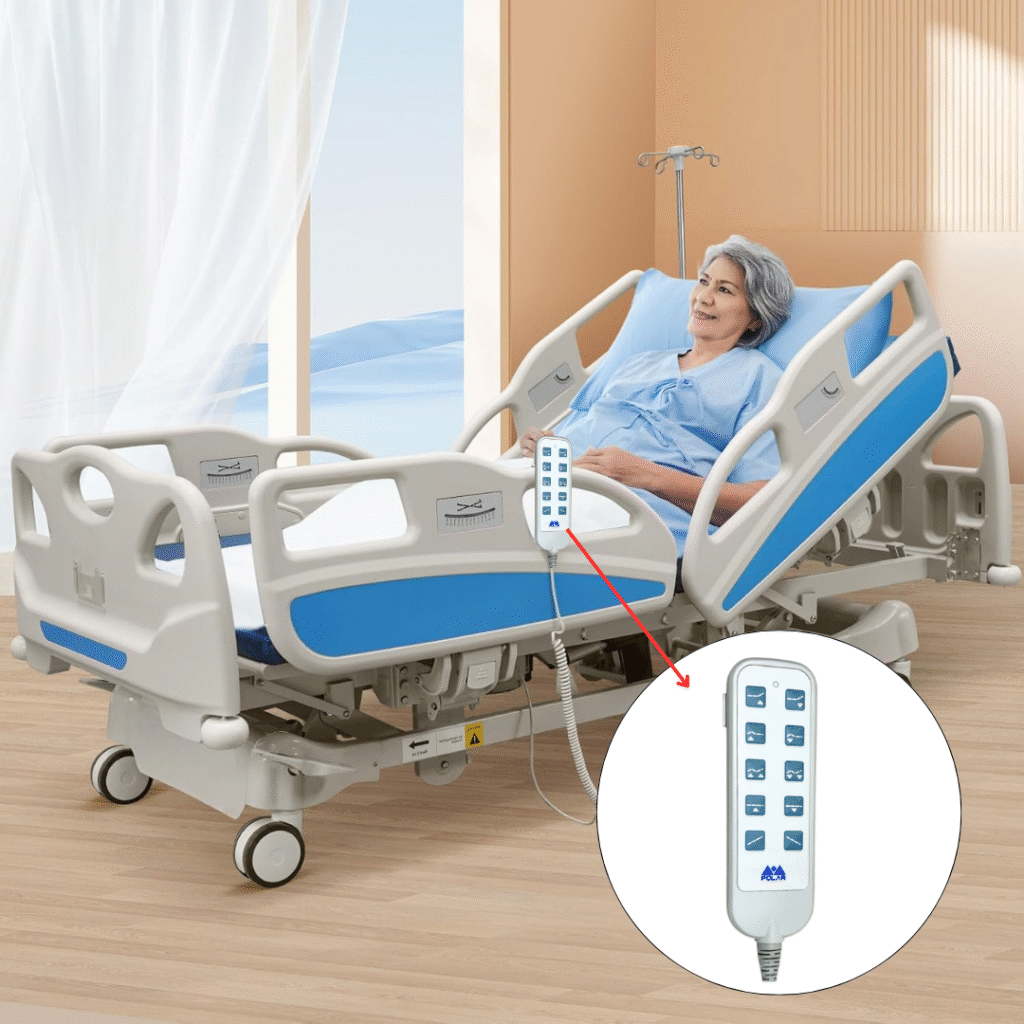
Our wired remote actuator systems make bed control easier for both patients and caregivers. With durable and ergonomic handsets, the system enables smooth and precise control over every function.
Features:
- Soft-touch buttons for comfort and accuracy
- Optional backlit remotes for night use
- Branding customization for OEM partners
- Reliable wired connection with actuator control units
Furthermore, these remotes are designed for intuitive use, ensuring effortless operation even in critical care environments.
4. Embedded Linear Actuator Systems for Smart Hospital Bed Design
Our embedded linear actuator systems combine motor power and control intelligence in one compact unit — ideal for smart hospital beds and advanced medical furniture.
As a result, manufacturers can save assembly time and reduce wiring complexity while maintaining high precision and reliability.
Advantages:
- Integrated motor and control electronics
- Simplified wiring and compact design
- Enhanced system reliability and lifespan
- Perfect for space-efficient OEM applications
Additionally, these intelligent actuator systems support programmable logic, enabling smooth automation and advanced bed movement functions.
5. Why Choose Polar Automation for Hospital Bed Actuators
Polar Automation delivers complete hospital bed actuator solutions backed by local engineering, quick support, and customization flexibility.
Hence, we empower hospital bed and furniture manufacturers to achieve world-class performance at competitive prices.
Our Promise:
- 100% Indian design and manufacturing
- Custom branding options for OEMs
- Quick turnaround on projects
- Long-term service and spare part support
To summarize, every product we design reflects our commitment to innovation, reliability, and excellence in healthcare automation.
Empowering Healthcare with Innovation
With every hospital bed linear actuator we manufacture, Polar Automation strengthens India’s healthcare infrastructure.
Partner with us to integrate smart automation technology that ensures performance, safety, and comfort — all engineered in India for the world.
To explore detailed specifications and customization options, visit our Hospital Bed Automation Solutions page.

